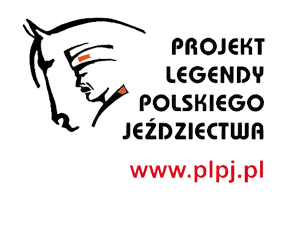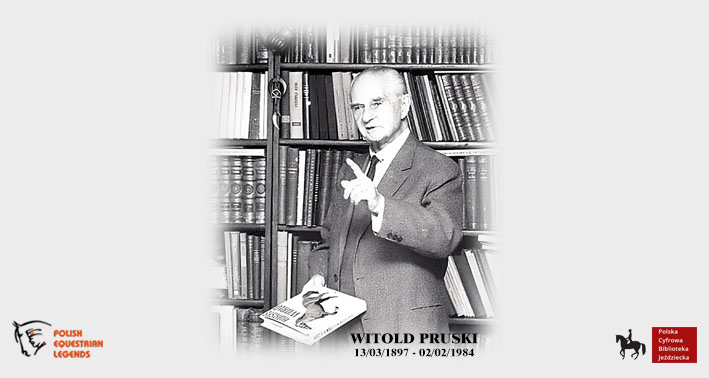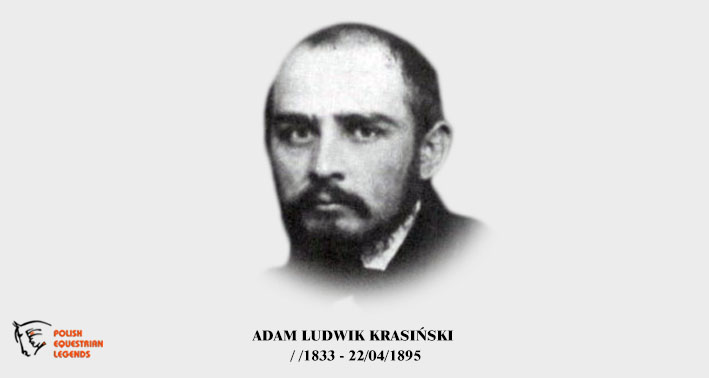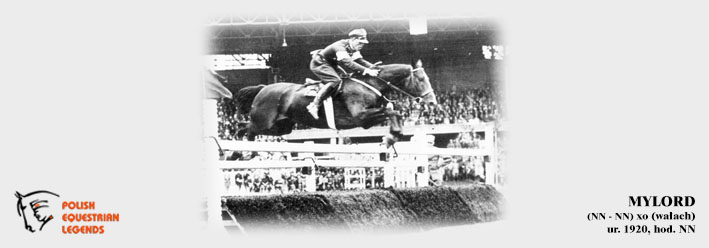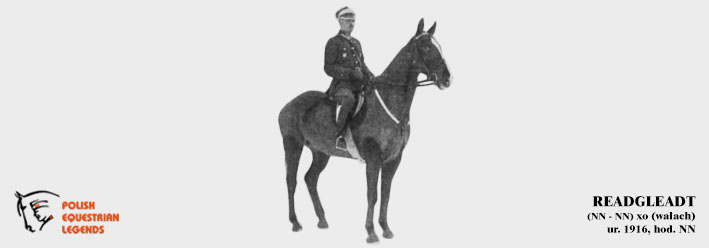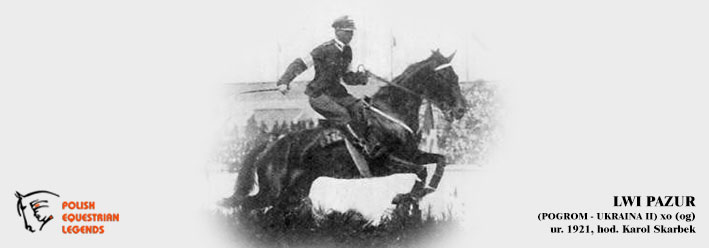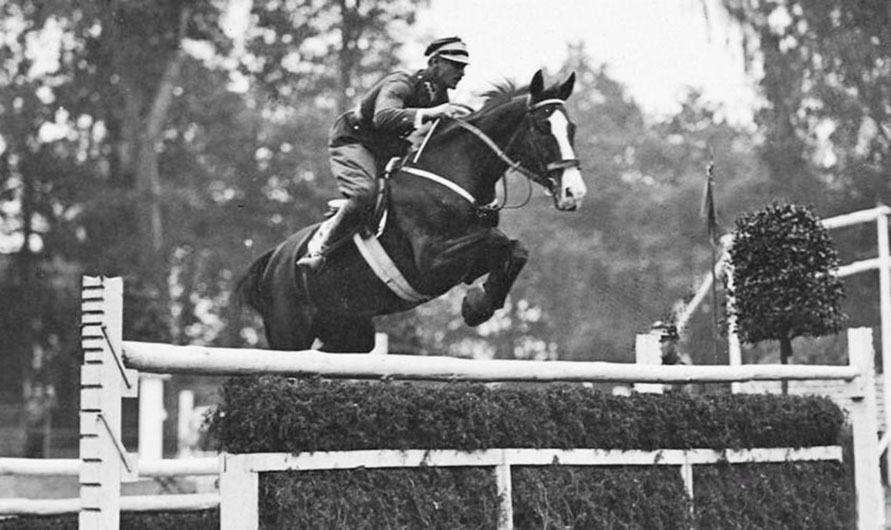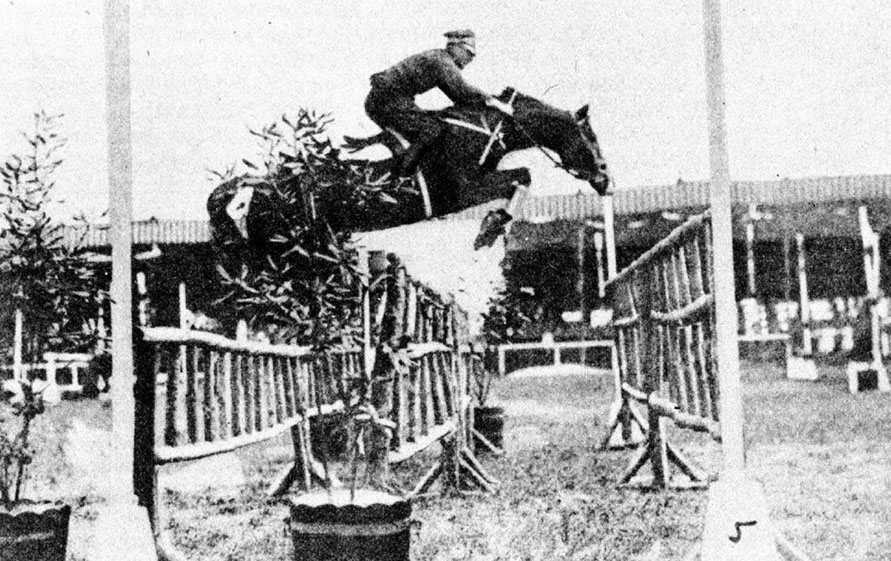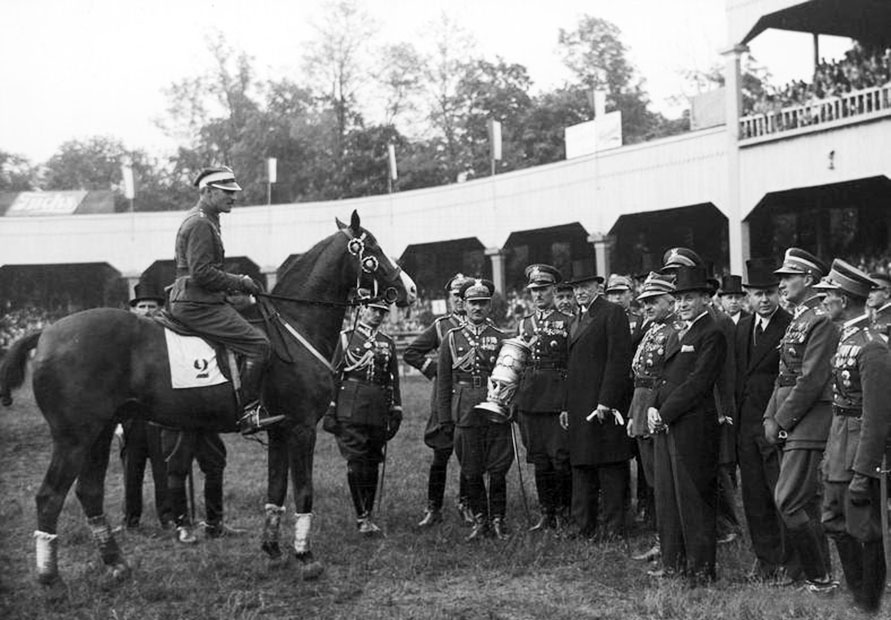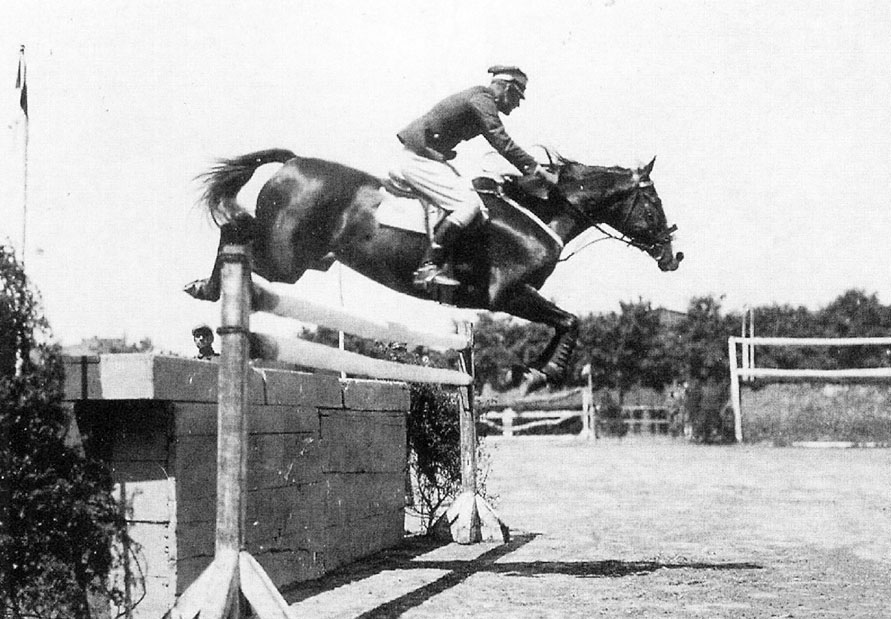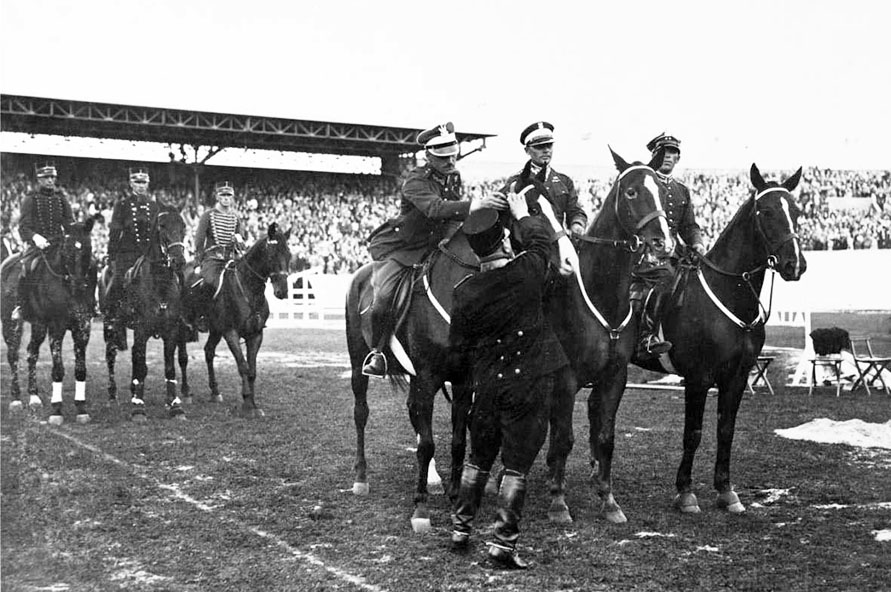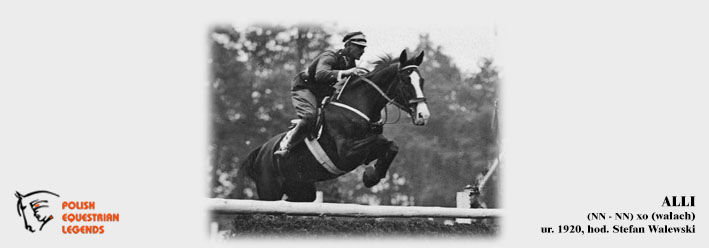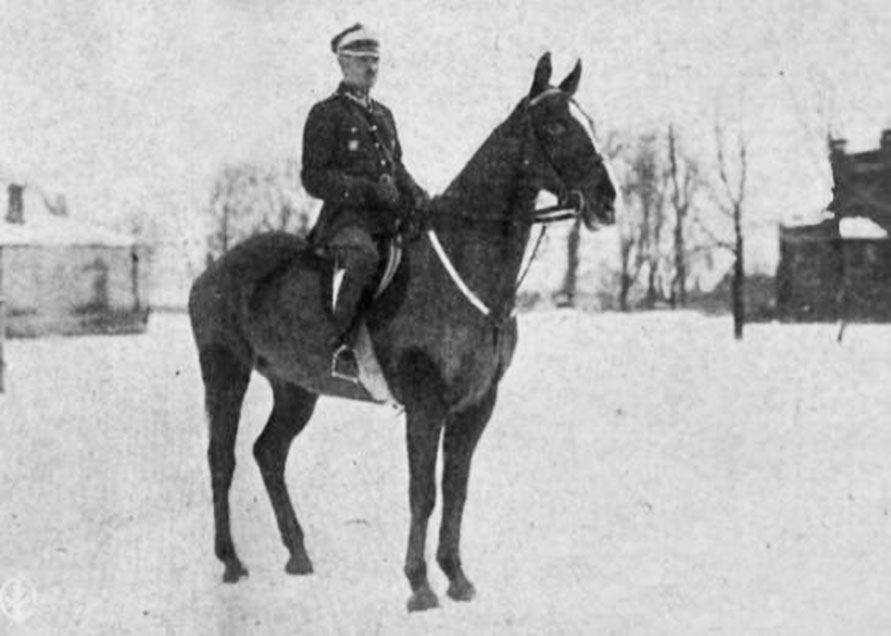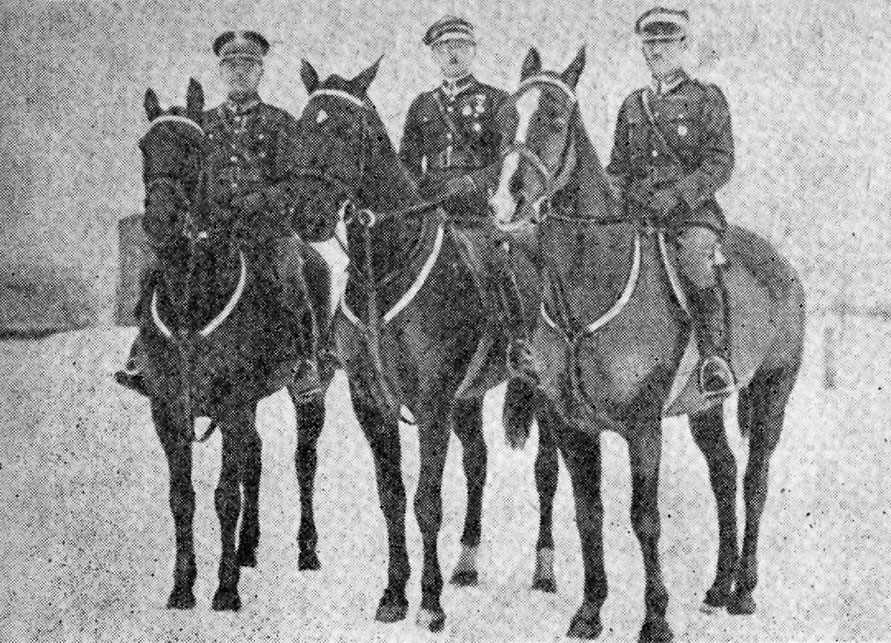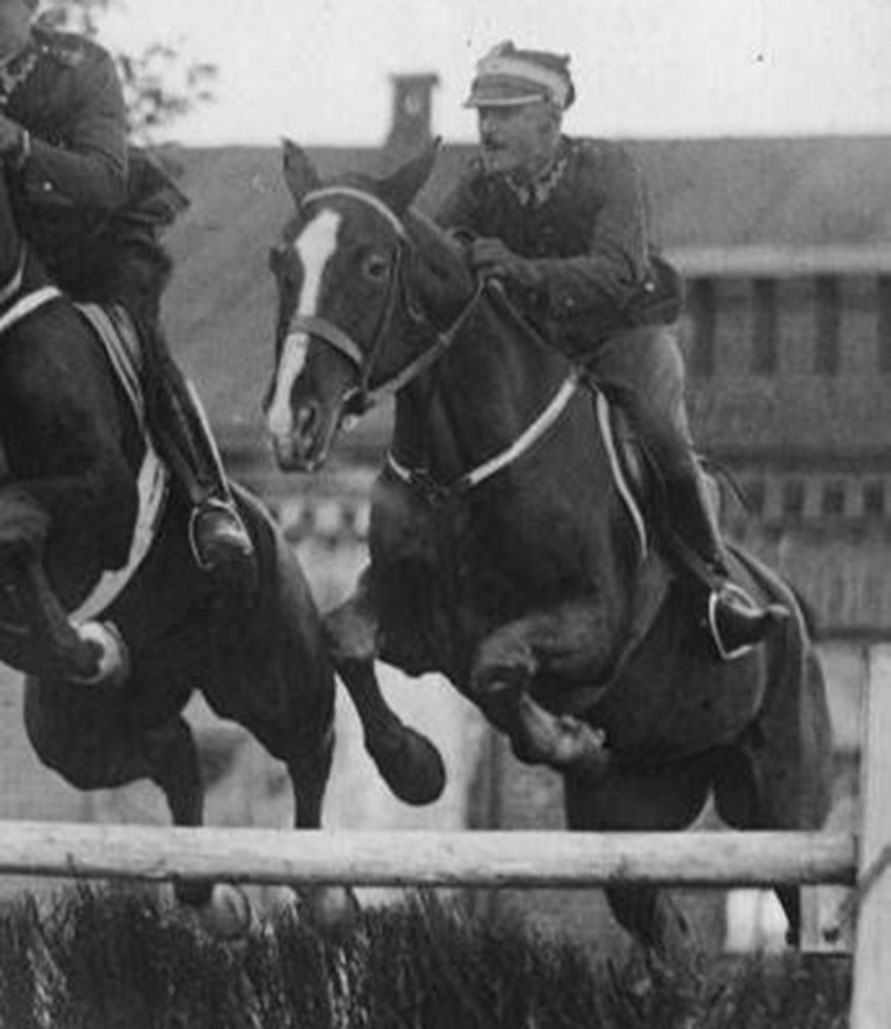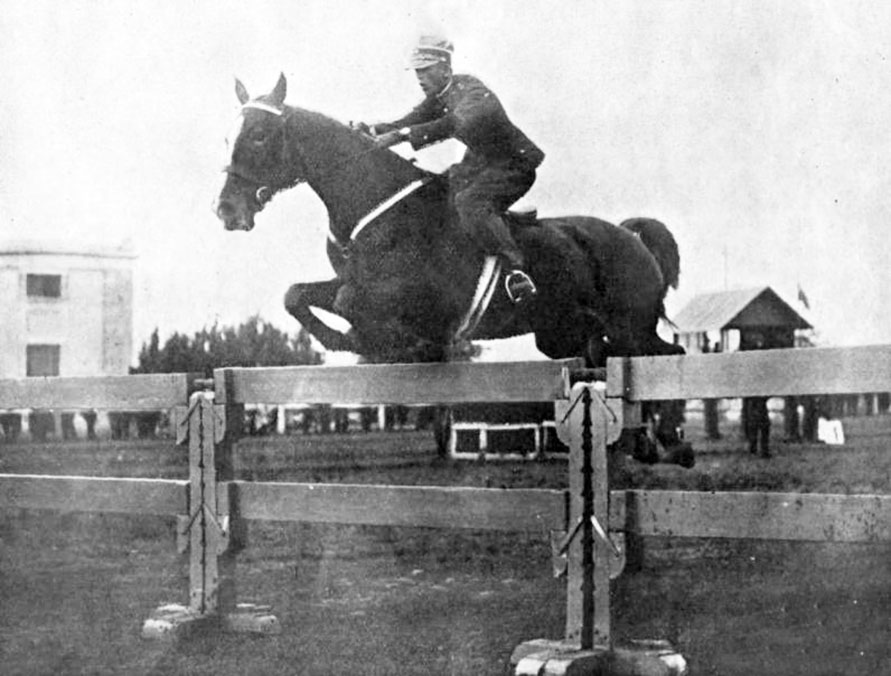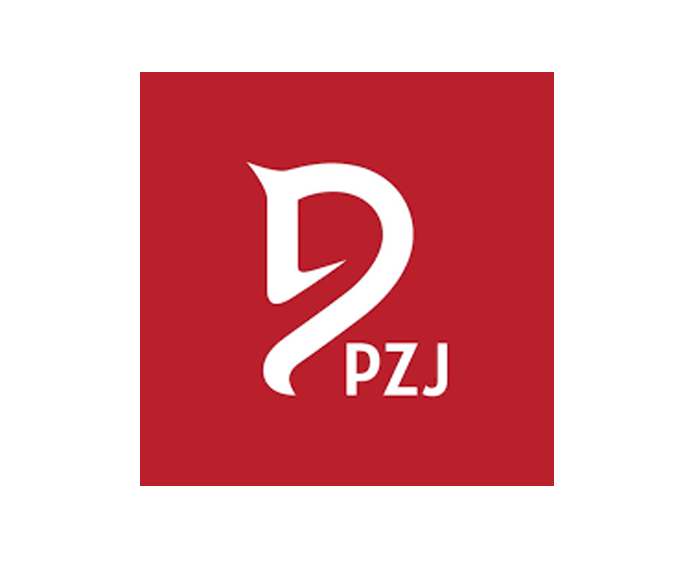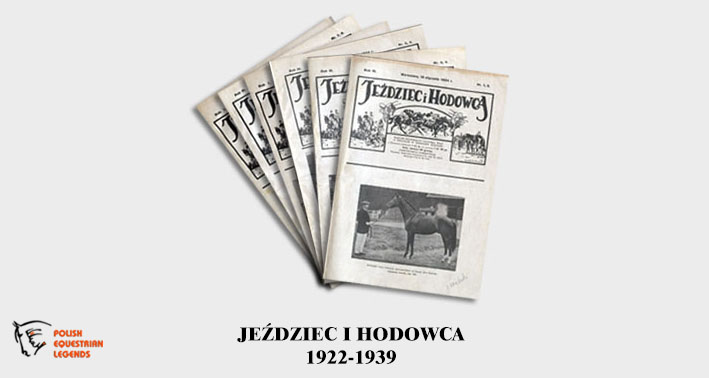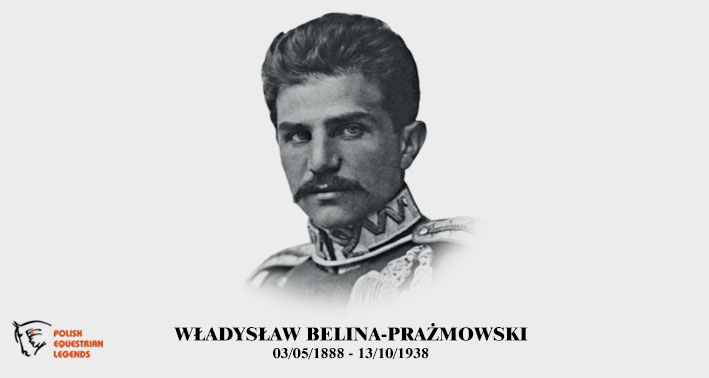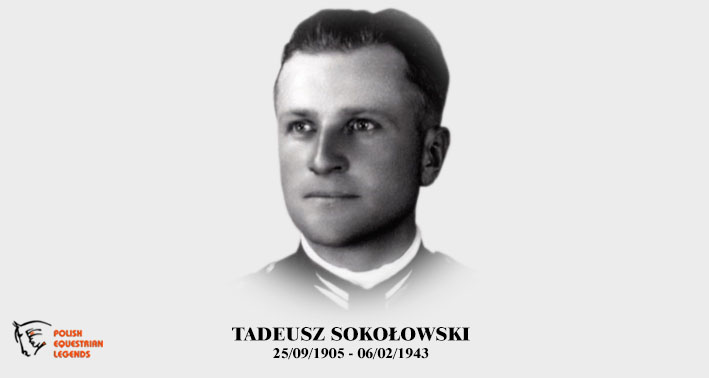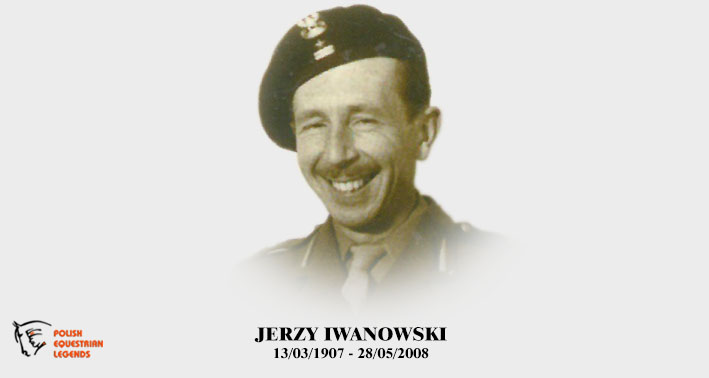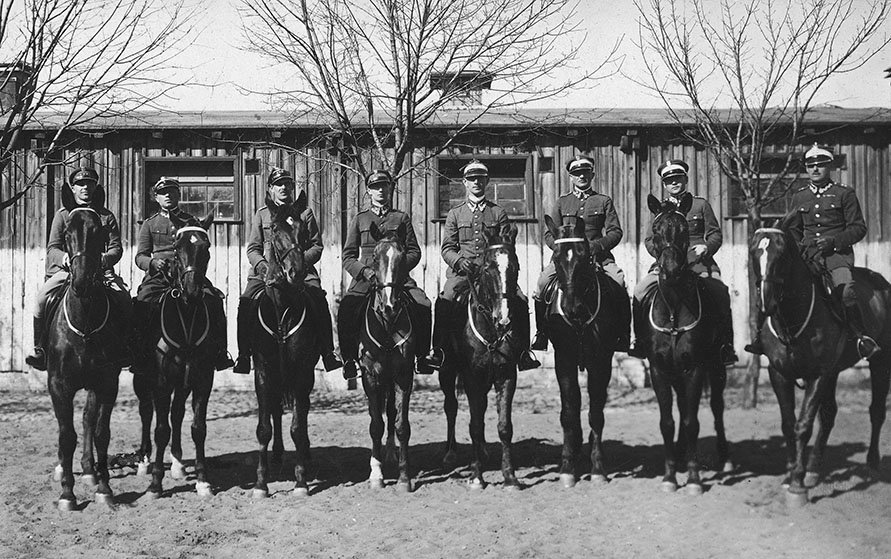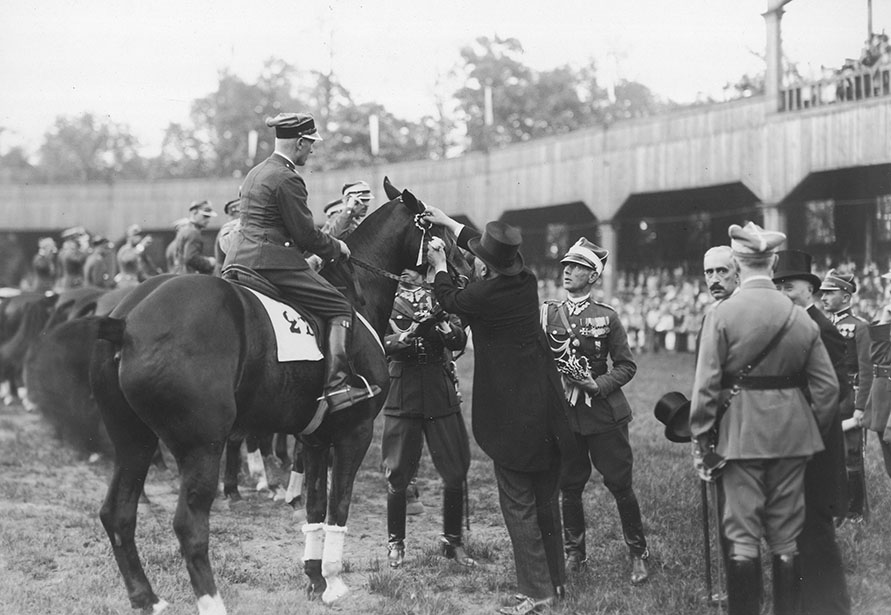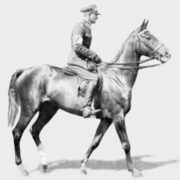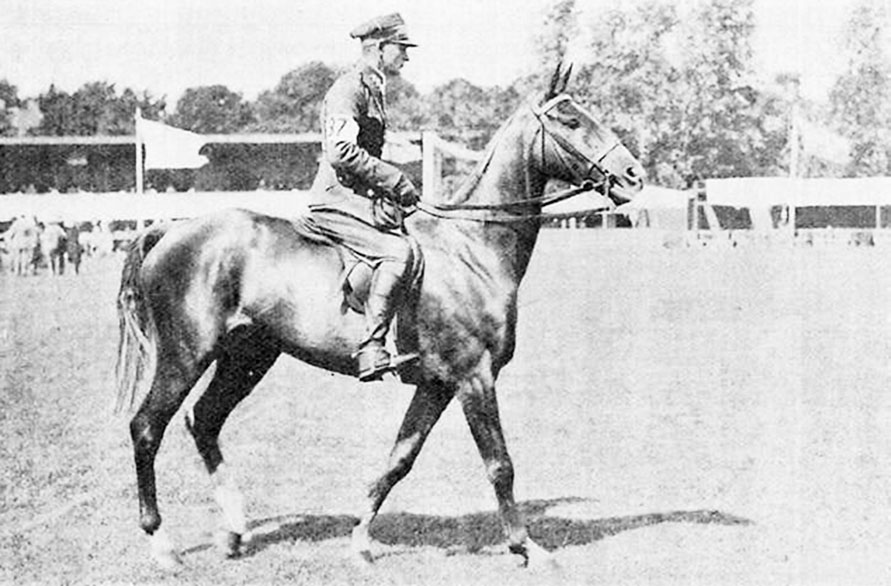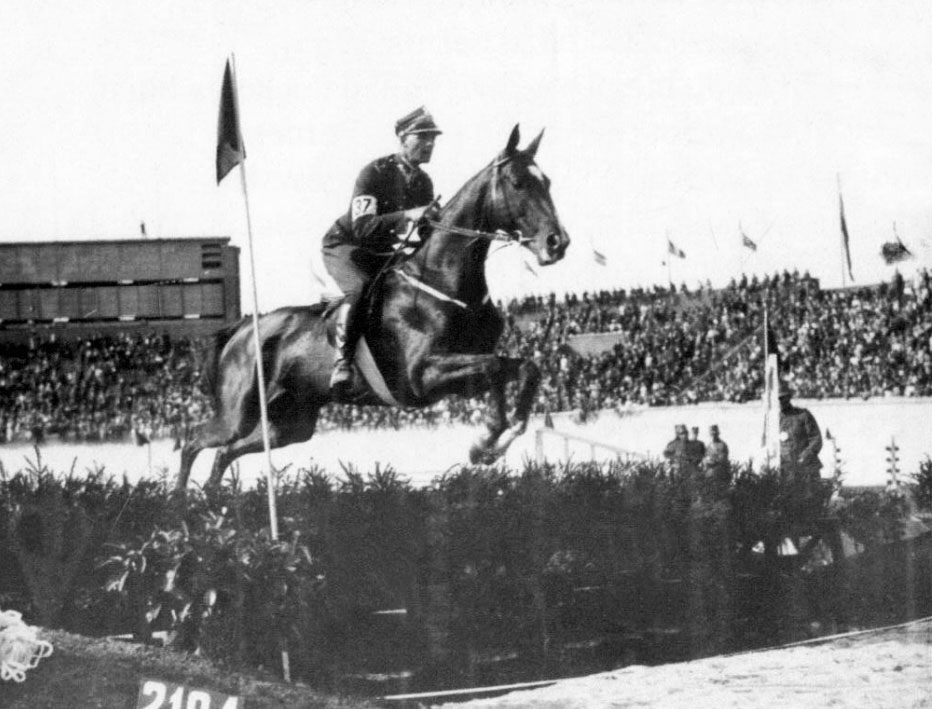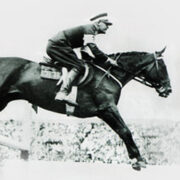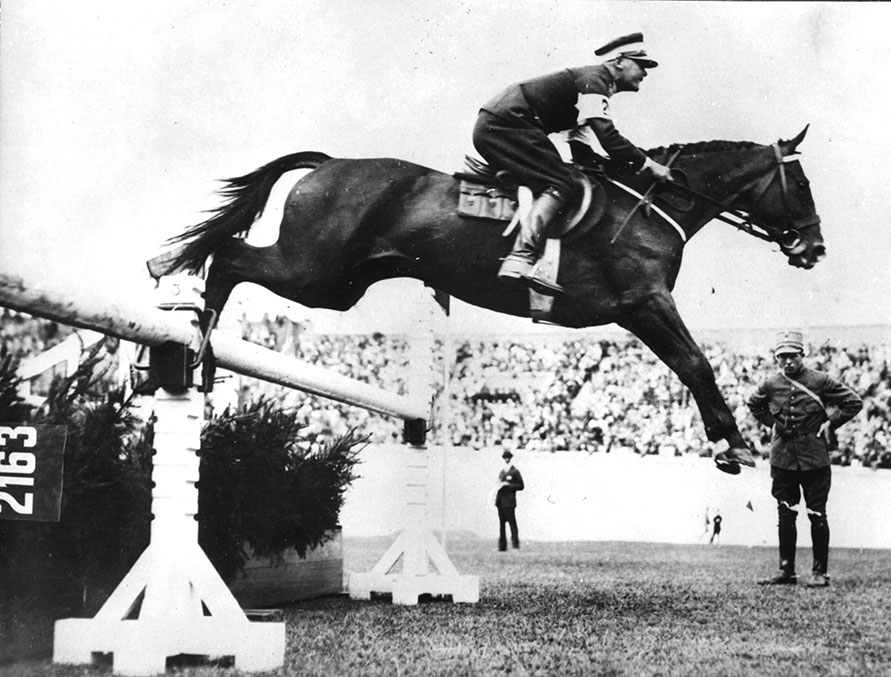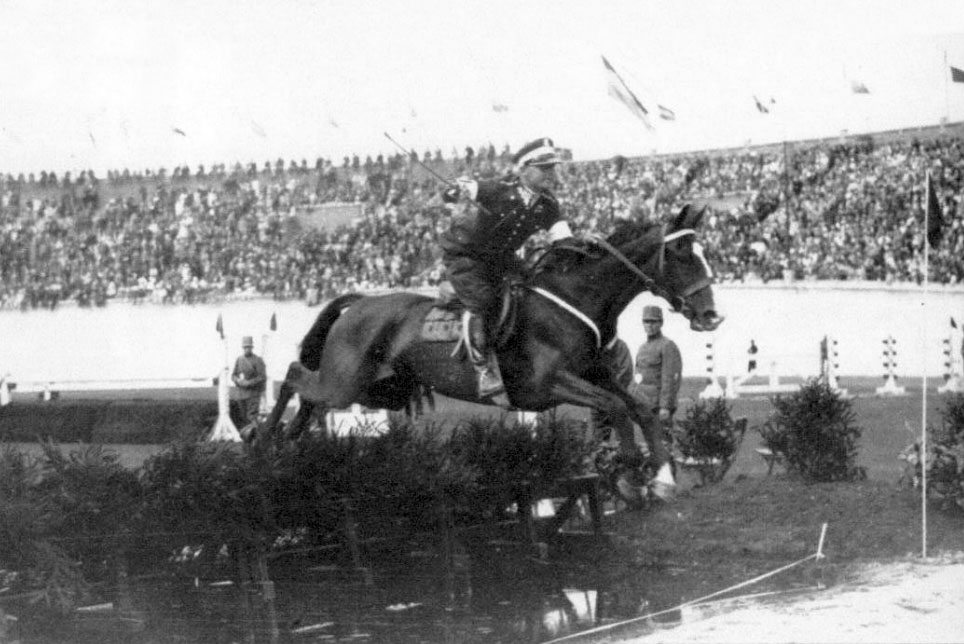Brigadier General of the Polish Army, head of the Military Cabinet of the President of the Republic of Poland, co-founder of Polish equestrian sports, participant of the 1912 Olympic Games in the Russian national team.
He was born on October 4, 1886 in Zhytomyr, Volyn Governorate. Father Antoni. Mother Helena née Hulanicka. A graduate of the Nikolaev Cavalry School in St. Petersburg and the Military Academy in Warsaw. Brigadier General of the Polish Army
————————————————————————————
He was a great rider, soldier and great patriot. Poland did not exist on the map of Europe in the year he was born. He wanted to be a soldier, but he could only become one in the ranks of the Russian army, just like thousands of Poles in the Russian Empire. He began his education as a Cadet Corps midshipman at the Naval School, and eventually graduated from the Cavalry School. In 1912 he was a lieutenant, and from February 23, 1916, a captain.
He had been riding horses since he was a child, which influenced his choice of military specialty.
His greatest successes were both in the saddle, on horseback, and in creating conditions conducive to the development of Polish horse riding. This became possible only after the end of World War I. He fought there from August 12, 1914. He found himself in Poland in 1908 with the Ukrainian Hussar Regiment, which was stationed in Sierpc. There in the second lieutenant's quarters Sergiusz Zahorski the military police found a pro-independence blotter and accused him of helping an unknown fighter whom he hid in the attic. He avoided a court-martial, but in 1909 he was transferred to a reserve regiment in Novgorod. He used this time to improve his horse riding, which took him to the Olympic Games in Stockholm.
(...)
On May 19, 1919, he was sent to America to collect horses. A short period of relative peace in the Eastern Borderlands of the Republic of Poland, colonel Sergiusz Zahorski also uses for sports. In April 1919, he was a member of the authorities of the Preparatory Committee for the Olympic Games, which were to be held in Antwerp from August 14 to September 12, 1920. And they did, but without Polish riders. Poland was fighting for its life against Russia.
On April 1, 1920, the Olympic Equestrian Group was established under the direction of lieutenant colonel Sergiusz Zahorski, deputy commander of the 1st Krechowiecki Uhlan Regiment. The management includes Major Karol Rómmel and Lieutenant Tadeusz Daszewski. Selected horses and riders were transported from Grudziądz to Warsaw. The riders were: lieutenant colonel Sergiusz Zahorski, Captain Stefan Dembiński, Captain Marek Mysłakowski, Lieutenant Bolesław Peretiatkowicz, Józef Trenkwald, Ignacy Sołtan, Trzasko-Jarzyński, Leśniewski, Adam Królikiewicz, Przewłocki, Adam Sokołowski, Ludwik Szwejcer, second lieutenants: Aleksander Bieliński, Stanisław Bukraba, Ryszard Bojankiewicz.
(...)
Commander of the 1st Uhlan Regiment until the end of the war in 1920. From 1922 to 1923, deputy commander of the 16th Uhlan Regiment. In recognition of his achievements and knowledge, he goes to a training course at the Military Academy. Hard work in the army allows him to ride horses every day. In terms of riding technique, he was a supporter, together with Major Karol Rómmel, of natural cavalry fought by Polish officers serving in the former Austrian army, trained at the Militär Reit Lehrer Institut in Vienna.
(...)
Colonel Sergiusz Zahorski, as an Olympian in 1912 in Stockholm (together with Karol Rómmel), in the colors of Russia. He dreamed of becoming a Polish Olympian. It is to his credit that two Olympic groups were created preparing for the Games in Paris in 1924. One was in Grudziądz at the Central Cavalry School, and the other in Warsaw near Łazienki, based on the 1st Light Cavalry Regiment. In Warsaw, Colonel Zahorski rode mainly on Zorza.
(...)
In 1926, colonel Sergiusz Zahorski accomplished a great feat - he led to the creation of the Temporary Committee for International Horse Competitions, which were organized until 1939 in Warsaw, in Łazienki, under the name of the Society of International and National Horse Competitions in Poland. Thanks was launched in the same year Sergiusz Zahorski preparatory work for the construction of a beautiful equestrian stadium in Łazienki. After the winter break, the work gained momentum and on May 27, 1927, the horses could start racing. Colonel Sergiusz Zahorski was from June 20, 1926 to September 21, 1928, the head of the Military Cabinet of the President of the Republic of Poland, Professor Ignacy Mościcki. Thanks to this position, he was able to provide invaluable service to Polish horse riding.
(...)
Author: Witold Duński
Source: "Zahorski Sergiusz" (2012) - Witold Duński
Entry updated: 02.05.2024/XNUMX/XNUMX
Sergiusz Zahorski died on June 4, 1962 at the age of 76. He was buried in Brompton Cemetery in London
1st Regiment of Light Cavalry of Józef Piłsudski
(mp. Warsaw, amaranth border).
The regiment referred to the tradition of the 1st Light Horse Regiment of the Polish Guard of Emperor Napoleon I and the 1st Uhlan Regiment of the Polish Legions "Belina". It was recreated in November 1918 by officers of the former 1st Light Horse Regiment of the Polish Legions, headed by Capt. Gustaw Orlicz-Dreszer. From 1921, the regiment was stationed in Warsaw near Belweder. It was said to be one of the elite cavalry regiments of the interwar period. It was popularly called the "National Guard", although it never officially received this name.
Rejoice, brave cavalryman,
You have protection at Belweder.
The cavalrymen shake their heads,
They want to be the National Guard.
They shake their asses, they shake their heads,
They want to be the National Guard.
They want to have guardsman manners.
Be Be ery, cavalry.
Always proud of his boss,
This is Piłsudski's cavalryman.
The cavalryman takes the upper hand,
Under the patronage of the Belweder Palace.
In the Belweder Palace, in the quarters
Sleep, brother cavalryman.
And remember, cavalryman,
That you are on guard at Belweder.
From the parade and the celebration,
For the protection of the President.
They are sitting like this in Warsaw
With a glass and a coffee.
The whole bunch are suckers
In the First Cavalry Regiment.
More gentlemen than suckers,
This is the first cavalry.
Some gentlemen and painters,
This is the first horse regiment.
From aides and doctors
Warsaw has a regiment of brats.
Source: Żurawiejki (1995) – Stanisław Radomyski
Publications in the Polish Digital Equestrian Library:
Click on the links below to access related materials in the Polish Digital Equestrian Library (will open in a new tab):
"Hippodrome in Łazienki Królewskie" (2023) - Kamil Potrzuski
"Zahorski Sergiusz" (2012) - Witold Duński
"History of horse riding, part VII” (1990) – Witold Domański
"50th anniversary of the opening of the equestrian stadium in Łazienki" (1977) - Witold Pruski
"Impressions from Pignerolo and Tor di Quinto" (1922) - Sergiusz Zahorski
Photos from the collection of the Museum of Sport and Tourism - Warsaw
Related Legends:

Leon Con
Horse riding trainer, co-founder of the Polish Equestrian Association and its general secretary. Knight of the Cross of Valor and the Silver Cross of Merit.

Tadeusz Dachowski
The best Polish rider before WWI. Between 1894 and 1914 he won over 300 awards. In 1912-13 he competed in Wielka Pardubice (2x second place - Zeppelin).

Joseph Trenkwald
Soldier, rider, bronze medalist of the Olympic Games Amsterdam 1928, team eventing, Knight of the Virtuti Militari, Emperor Charles Cross, Cross of Valor.

Kazimierz Suski de Rostwo
Soldier. Rider. Coach. Olympian at the 1924 Olympic Games in Paris (7th place). Lt. Col. Commander of the 21st Vistula Uhlans Regiment (Battle of Mokra).
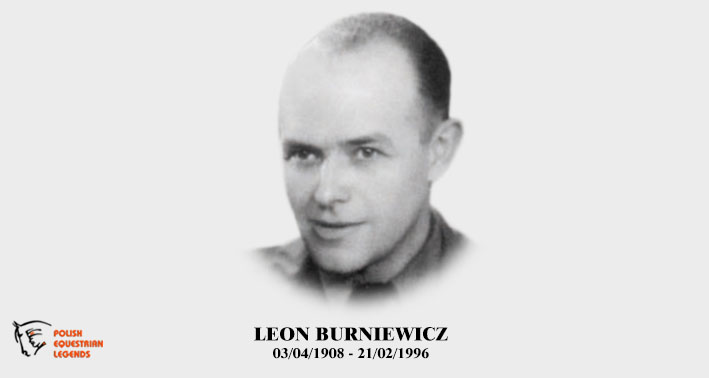
Leon Burniewicz
1939nd Vice-Champion of Poland in the Comprehensive Riding Horse Competition. Soldier, Trainer. Activist of the Polish Equestrian Association. Awarded the Medal for the War of XNUMX. Major of the Polish Army.

International Equestrian Competitions – Łazienki Królewskie – Warsaw, 1927
On May 27.05.1927, 5000, the Hippodrome with stands for XNUMX spectators was opened in Łazienki Królewskie. The design of the arena was made by Józef Główczewski (designed by Łącka and Białka), modeled on the Monte Pincio Hippodrome in Rome.

Michal Toczek
Soldier, major, artilleryman. Rider and trainer. He was awarded, among others, 3 times with the Cross of Valour. PN Winner, New York 1926, Nice 1926 Hamlet 2.20. (And them.),

Casimir Gzowski
Rtm. 15th Poznan Lancers Regiment. Silver medalist of the Olympic Games in Amsterdam 1928. in the show jumping competition, on the horse Mylord.

Roman Abraham
Brig. Gen. Polish army. Heroic defender of Lviv. Commander of the 26th Greater Poland Lancers Regiment and the Greater Poland Cavalry Brigade in the September 1939 campaign.
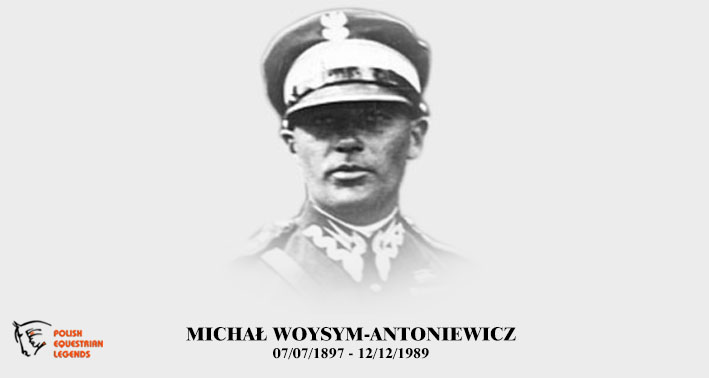
Michal Woysym-Antoniewicz
Major of the cavalry of the Polish Army, silver and bronze Olympic medalist in equestrian.

Seweryn Kulesza
Major of the Polish Army cavalry, Olympic silver medalist in equestrian (Berlin 1936). Polish Champion in eventing in 1936 and 1937, and in dressage in 1937.
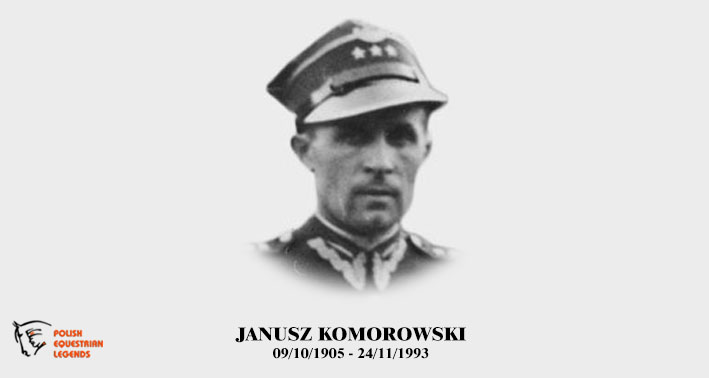
Janusz Komorowski
Major of the Polish Army, sports equestrian, Olympian from Berlin, medalist of the Polish Championships in eventing. After the war, a horse riding coach in England and Argentina.

Zdzislaw Dziadulski
Two-time Olympian (IO Paris 1924 – horse 'Zefir', IO Amsterdam 1928 – 'The Lad' – reserve). 7th Regiment of Mounted Riflemen in Biedrusko (Poznań).

Zdzislaw Kawecki
Silver medalist from the Olympic Games in Berlin (horse 'Bambino'). Knight of the Cross of Valour, Silver Cross of Merit. 7th Regiment of Mounted Riflemen Wlkp.

Henryk Leliwa-Roycewicz
Soldier. Rider. Riding trainer. Participant of the Warsaw Uprising. Commander of the Kilinski battalion. PAST winner.
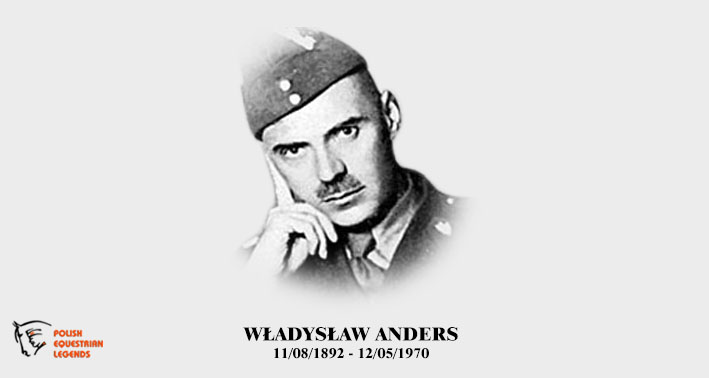
Wladyslaw Anders
Soldier, horseman, owner of a racing stable, commander of the 15th Poznań Lancers Regiment. Winner of Monte-Cassino.
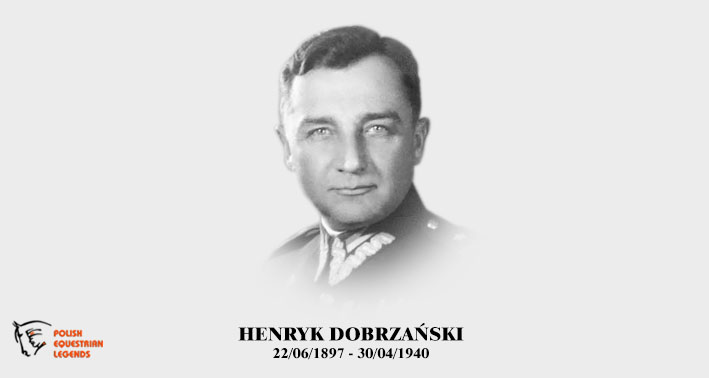
Henryk Dobrzanski
Soldier, rider, Olympian. The last Polish commander of a Detached Unit during World War II. He died with a gun in his hand.

The first Nations Cup for Poland – Nice, 1925
The Nice Pogrom, or how the Poles won the first Cup of Nations.
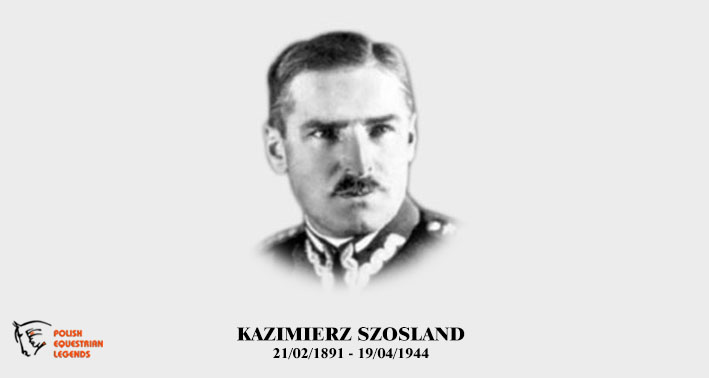
Casimir Szosland
Maj. Sergeant of the Polish Army, the leading Polish equestrian in the years 1923-1935, two-time Olympian (1924 and 1928 - silver).

Charles Rommel
Soldier, trainer, artist in painting, drawing and horse riding. Three-time Olympian (1912 - Stockholm, 1924 - Paris, 1928 - Amsterdam). He was active in KJK in Łódź (1937) and JLKS Sopot (after the war).

Stefan Andrzej Lubomirski
Polish aristocrat, horse breeder and owner of the Widzów Stud. Creator of Polish Olympism.
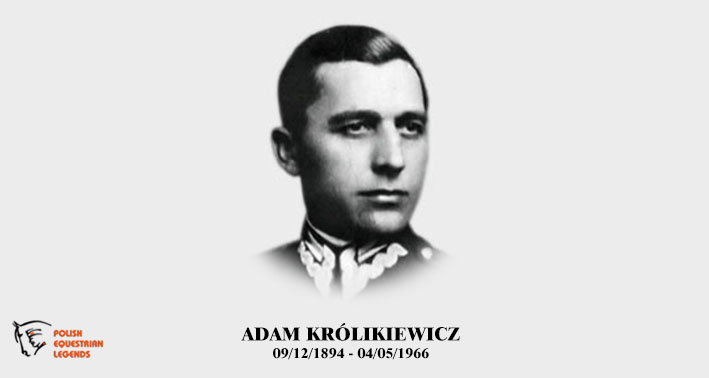
Adam Królikiewicz
The first Polish Olympic medalist - bronze medal, Olympic Games Paris 1924 (Picador horse).
Gallery:





Colonel Sergiusz Zahorski in 1926 after the return of the team from the United States of America, which won the Nations Cup. From the left - Colonel Sergiusz Zahorski, Captain Adam Królikiewicz, Major Michał Toczek and Lieutenant Kazimierz Szosland.











